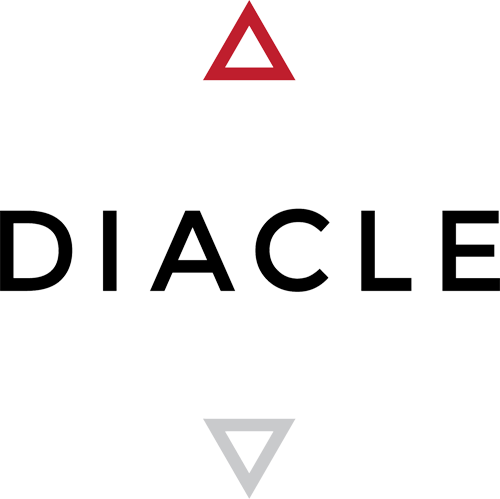From bankcards, digital cash to totalitarian digital currency? Alternative perspective on bankcard fraud
A bankcard is a payment instrument, you use it to exercise your purchasing power. But is a card the best instrument to use in a world of online fraud, hacking, malware and the rest. Can we explore new ways of addressing fraud with new forms of payment instruments.
This article looks at the bankcard as a payment instrument, how government laws and private guarantees provides the support needed to make these payment instruments consumer friendly but how digital cash may be a superior instrument in face of rampant online fraud.
This is mainly because with cash you can’t steal someone’s purchasing power but you can only steal the value of the cash itself.
If you could spend cash online instead of using a bank card would you use cash more often? Sounds like an oxymoron to say ‘cash’ and ‘online’ in the same sentence. But bitcoin and digital currencies are effectively digital cash in how they function and some of their properties. Below we have attempted to provide an alternative view of online fraud mitigation by the use of digital currencies.
Interestingly, there is a political counter-trend emerging against cash that may stem the adoption of digital currencies in their current form; we will explore that too. Then we will turn digital currencies upside down and present them as the solution to eradicate ALL forms of criminal activity involving payment instruments. So let’s kick off.
What is a bankcard?
A bankcard is payment instrument, used in an online or in-person transaction environment. Each card transaction involves coordination of an Acquirer, Issuer and payment network. A card interacts with a POS device, the merchant’s Acquirer sends a request to the Issuer of the card via a payment network such as VISA/Mastercard. The Issuer confirms the transaction if the cardholder has sufficient funds and the card has not been reported as stolen. Of course all of this happens in seconds and is seamless.
Now that is the process involved in a card transaction, but there are laws and guarantees that make their usage by consumers compelling.
Guarantees
The payment network itself can provide a guarantee to the consumer. Mastercard provides, for example, in Canada a ‘zero liability’ protection from fraud to customers; meaning that any loss of funds by customers being a victim of fraud will be taken up by Mastercard.
Issuer banks may provide a guarantee to cardholders to support the use of their cards. Financial Fraud Action UK confirms the current state of affairs by saying “[…] if you are the innocent victim of debit or credit card fraud you will not be liable for any fraud losses.”
Shared liability
If you use a credit card there is also a legal concept of shared liability. Meaning if you buy a fridge using a credit card and it doesn’t arrive then you can claim against the credit provider too:
When you know that you can claim against the Issuer of the credit card and the supplier of the goods/service then this is the perfect alignment of intentions in favour of the consumer. The credit card company will be on the side of the consumer to make sure the goods/services are delivered. This is why credit cards are a popular form of e-commerce payment.
But what are the fragilities with the bankcard system?
Fraud! Fraud! Fraud!
Payment industry fraud losses ranged over ten years £420.4m to £450m in 2013. Peak in 2008 with £600m losses. 7 to 12p per £100 spent is fraud see table from ‘Fraud the Facts 2014‘:
